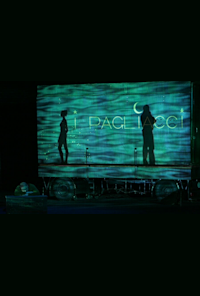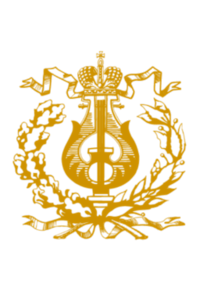

Pagliacci, Leoncavallo
Dalīties
Pagliacci by Leoncavallo, S 16 okt 2021, No (2021/2022), Režisēja Isabelle Partiot-Pieri,, Diriģents Mikhail Sinkevich, Migran Agadzhanyan, Georgy Albegov, Mariinsky Theatre, Saint Petersburg, Russia
Skatās dalībnieki un komanda 16 okt 2021
Producents

(2021 okt 16; dec 12; 2022 jan 22; jūn 11)
Conductor
MS(2021 okt 16; dec 12; 2022 jan 22)

(2021 okt 16; dec 12; 2022 jan 22)
Stage director
Lomās
Nedda

(2021 okt 16; dec 12; 2022 jan 22)
TP(2021 okt 16; dec 12; 2022 jan 22)

(2021 okt 16; dec 12; 2022 jan 22)
Canio
YM(2021 okt 16; dec 12; 2022 jan 22)
MV(2021 okt 16; dec 12; 2022 jan 22)

(2021 okt 16; dec 12; 2022 jan 22)
Tonio
RB(2021 okt 16; dec 12; 2022 jan 22)
VS(2021 okt 16; dec 12; 2022 jan 22)
Peppe
GA(2021 okt 16; dec 12; 2022 jan 22)
Silvio
VM(2021 okt 16; dec 12; 2022 jan 22)
VK(2021 okt 16; dec 12; 2022 jan 22)
Radoša komanda
Lighting designer
Set designer
Chorus master
Répétiteur
Ansamblis
Orķestris
Koris
Uzziniet vairāk par komponistu
Uzziniet vairāk par muzikālo darbu
